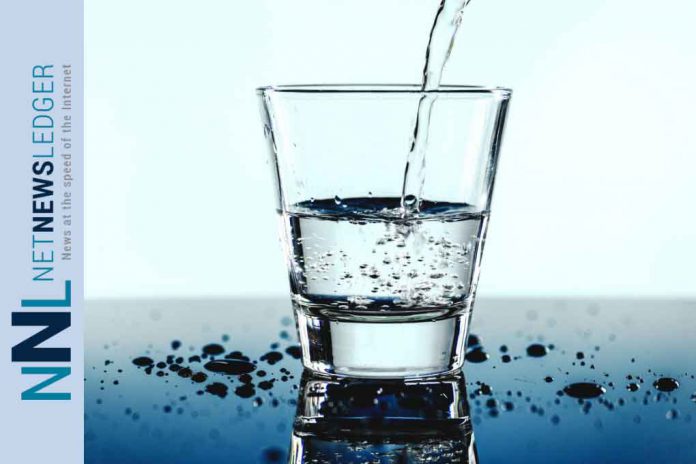Most of the population of the United States drinks tap water. However, one study found that 71% of water drinkers use the tap sometimes, with about 12% saying they never drink tap water at all. This statistic is concerning due to the increasing number of areas experiencing Flint, Michigan-like problems with lead in their water, in addition to other undesired materials. Here’s what you need to do to keep your home safe.
Invest in a Water Filter
Water filters are a powerful way to protect yourself and your family from the dangers of poor tap water. They can fit either your house’s primary water supply (to cover all of your water) or add one to individual sources. For example, some may only add a filter directly to their main water tap line.
The choice here usually centers around costs and expenses. Typically, a full-house water filter will cost more than one for your individual line. You can also save money by buying a water jug with filters, though you’ll be limited based on how much water you have in your container. This jug filter also doesn’t protect your other appliances, such as showers and washing machines.
Make sure that you buy a filter quickly because they are in high demand. For example, online appliance searches (including water filters) increased by 26% in recent years. That’s partially due to concerns like the Flint water crisis and other water problems spreading throughout the nation recently.
Check Your Pipes
Pipeline corrosion is a severe problem that can cause contaminated drinking water. This issue is the primary cause of the Flint water crisis, as years of poor maintenance caused lead to leak off the pipes and into the water. As a result, you need to take this issue seriously to minimize your potential risk.
Talk to a local plumber and ask them to inspect all of your pipes. This process should not be considered a DIY step because it is so easy for homeowners to miss signs of rust, decay, and more. However, they can give you an idea of the extent of the problem and replace your pipes, as needed. You can do it over an extended period or at once to minimize costs or wait, respectively.
If you experience corrosion, you’re not alone. According to our sources, pipeline corrosion has a devastating impact on the United States economy, costing more than $9 billion in repairs and damages every year. Avoid serious bills and potential water risks by repairing or replacing your pipes before they become permanently damaged.
Drain Your Water Heater
Lastly, it would help if you considered draining your water heater to protect yourself and your home from the dangers of contamination. Your water heater may have various heavy elements in it, such as different metals and minerals, that will collect at the bottom and cause potential drinking water issues for many.
When you drain your water heater, you can also clean out the bottom and get rid of this residue, flushing it out and avoiding severe system degradation. Just as importantly, you can prevent decayed pipes that may lead to contaminated and unsafe drinking water that could affect your family’s health.
How often should you drain your water heater? That depends on many different factors. For example, if you have hard water, you may want to drain it at least two or three times a year to minimize mineral buildup. However, Bob Villa and The Family Handyman say that most people should be okay with draining their water heater yearly.
These simple tips are things that just about anyone can do for their home. You can handle them on a DIY basis if you feel comfortable doing so. Alternatively, you can hire a professional to manage them for you. Whatever step you take, make sure that you double-check each process to give yourself the best chance of executing it properly. Doing so will keep your tap water drinkable for years to come.

